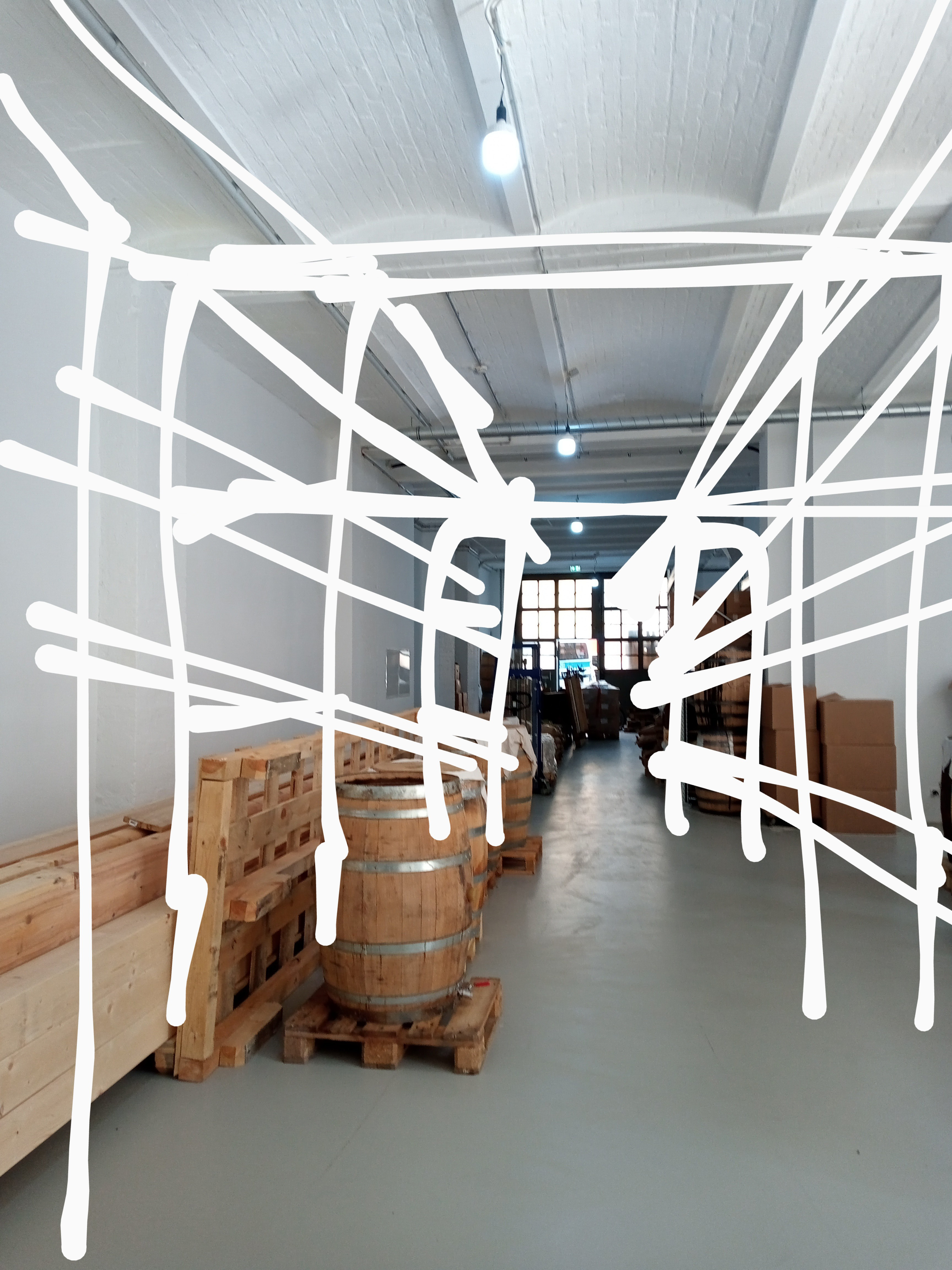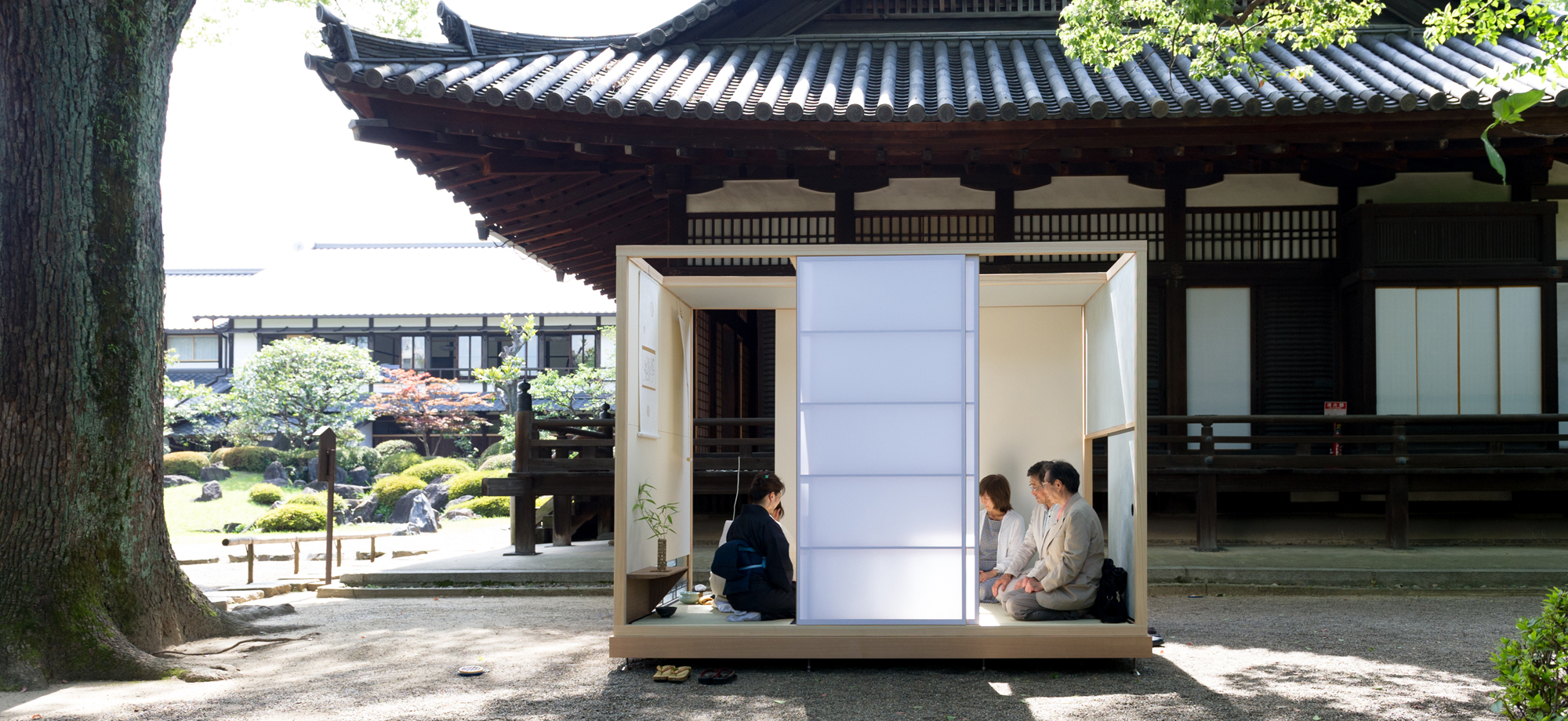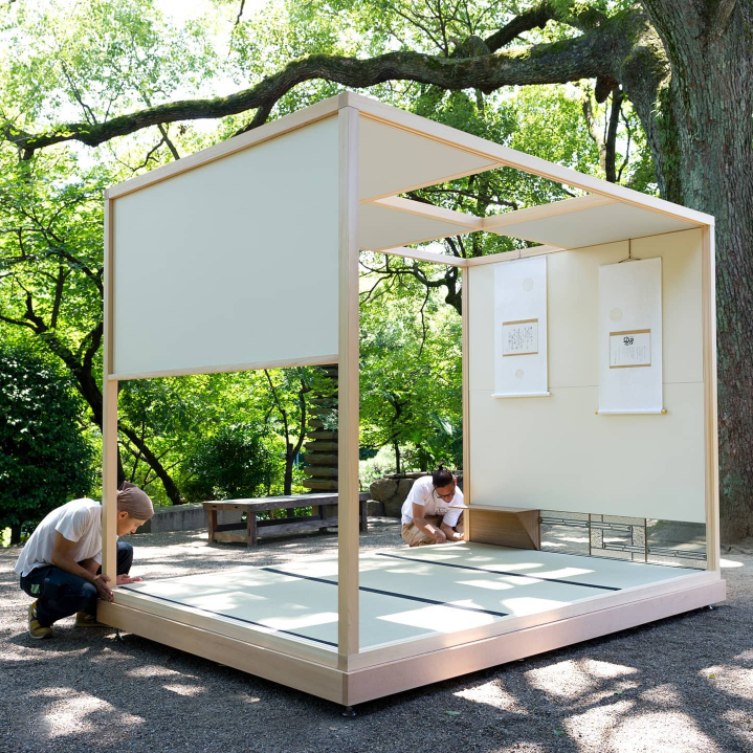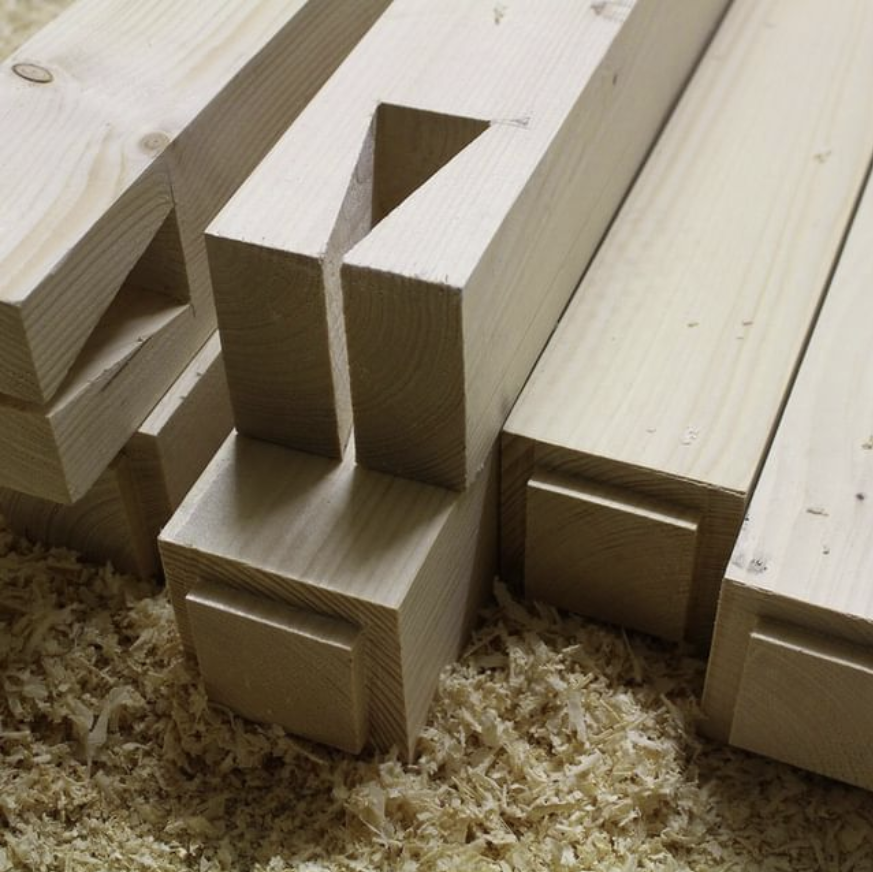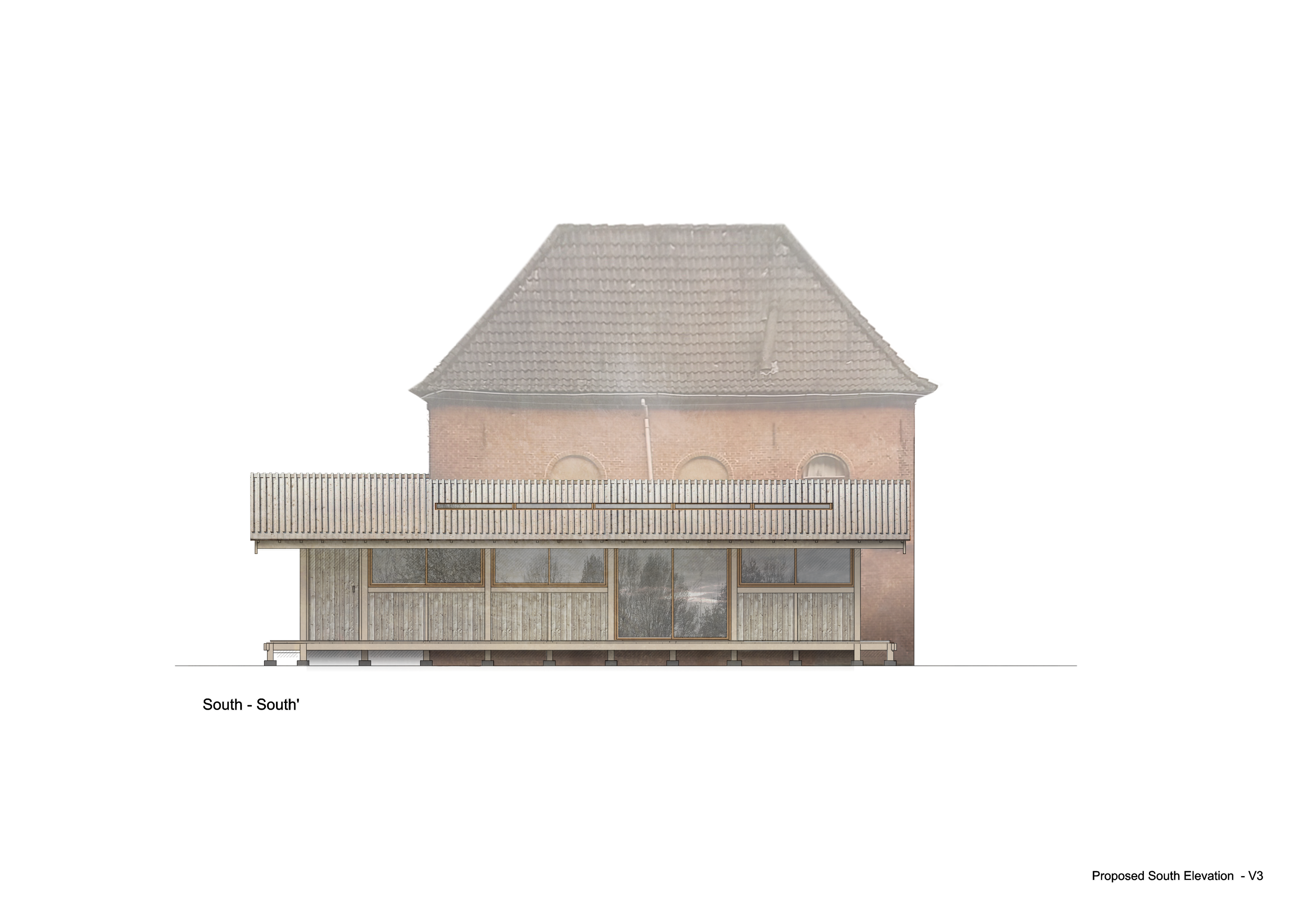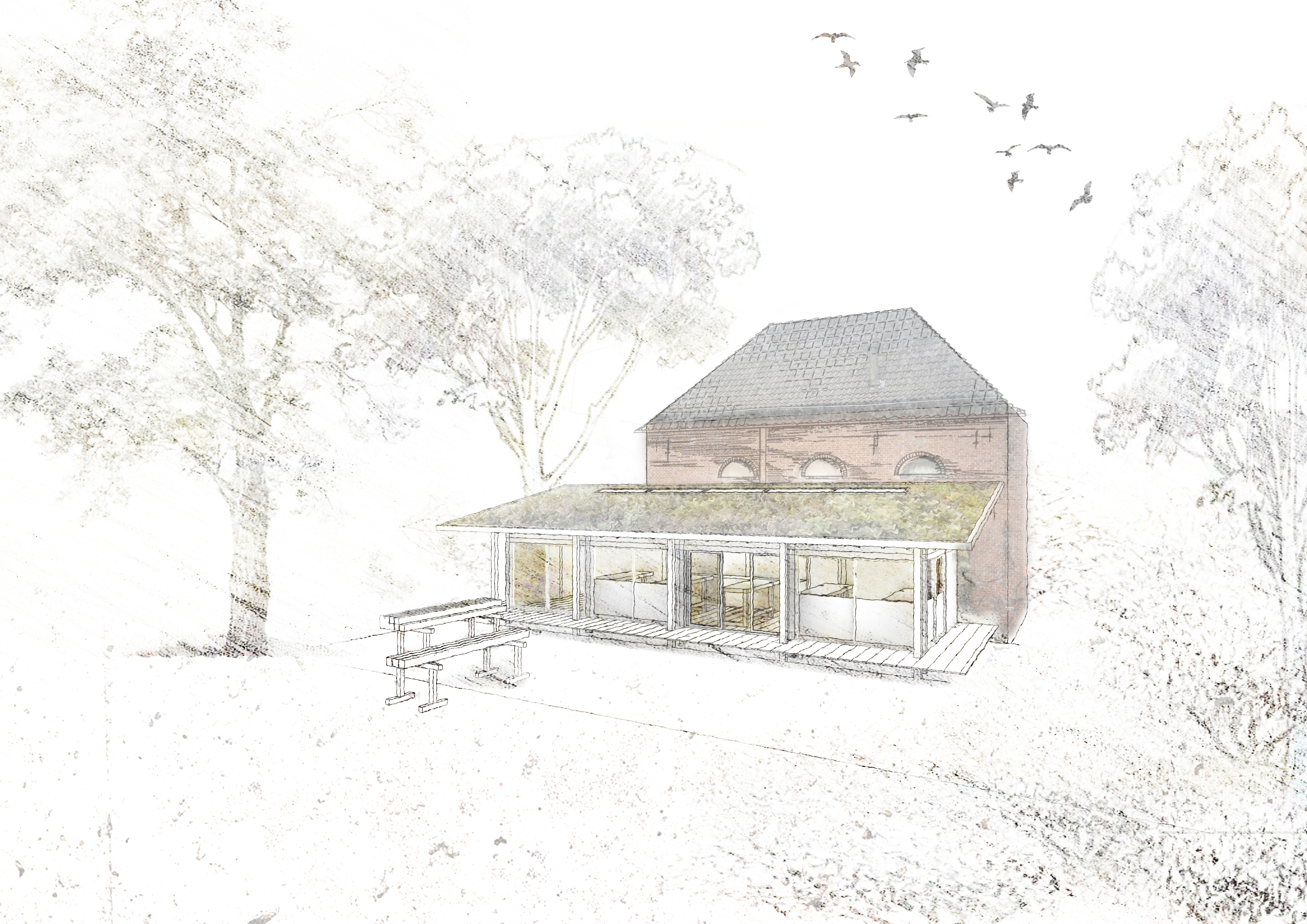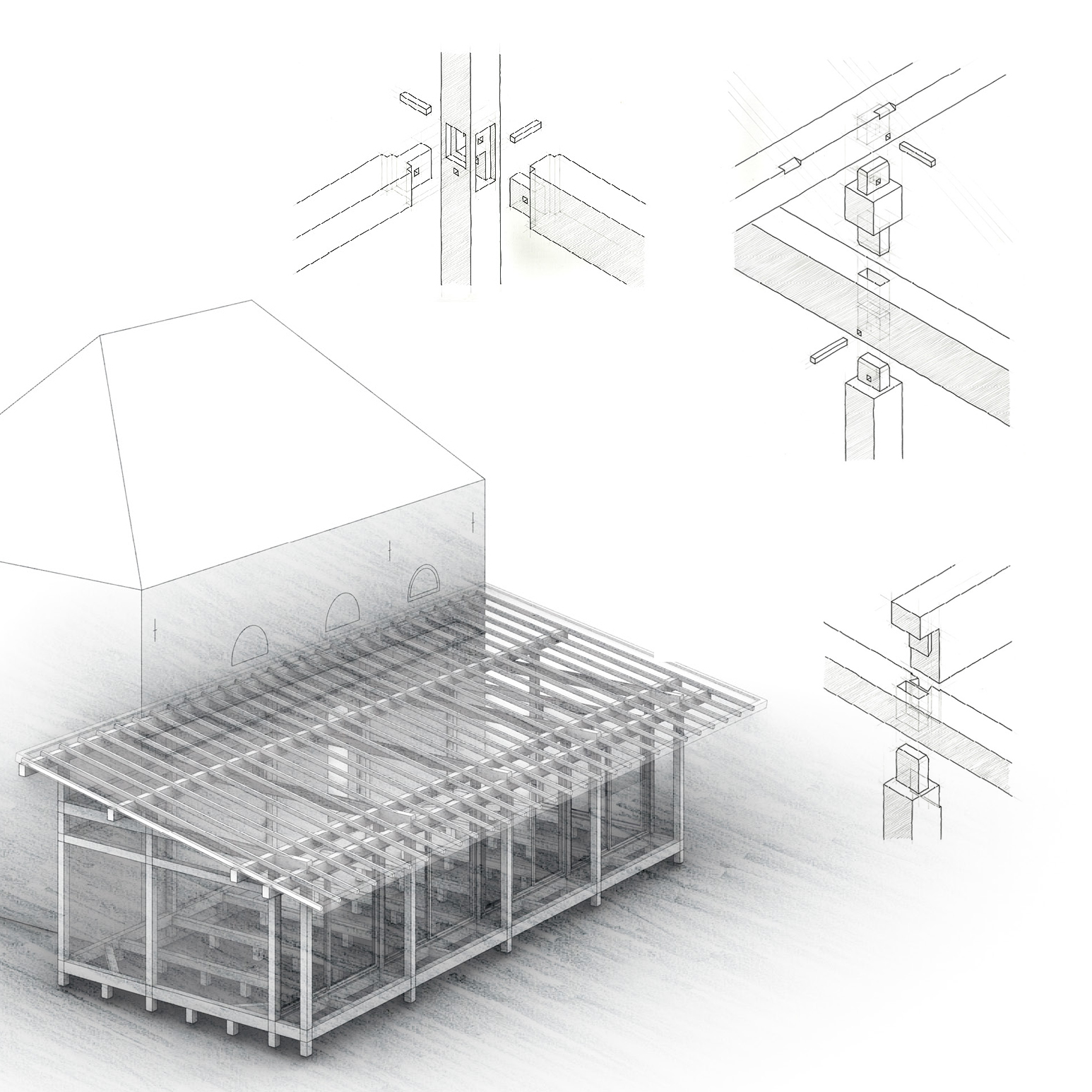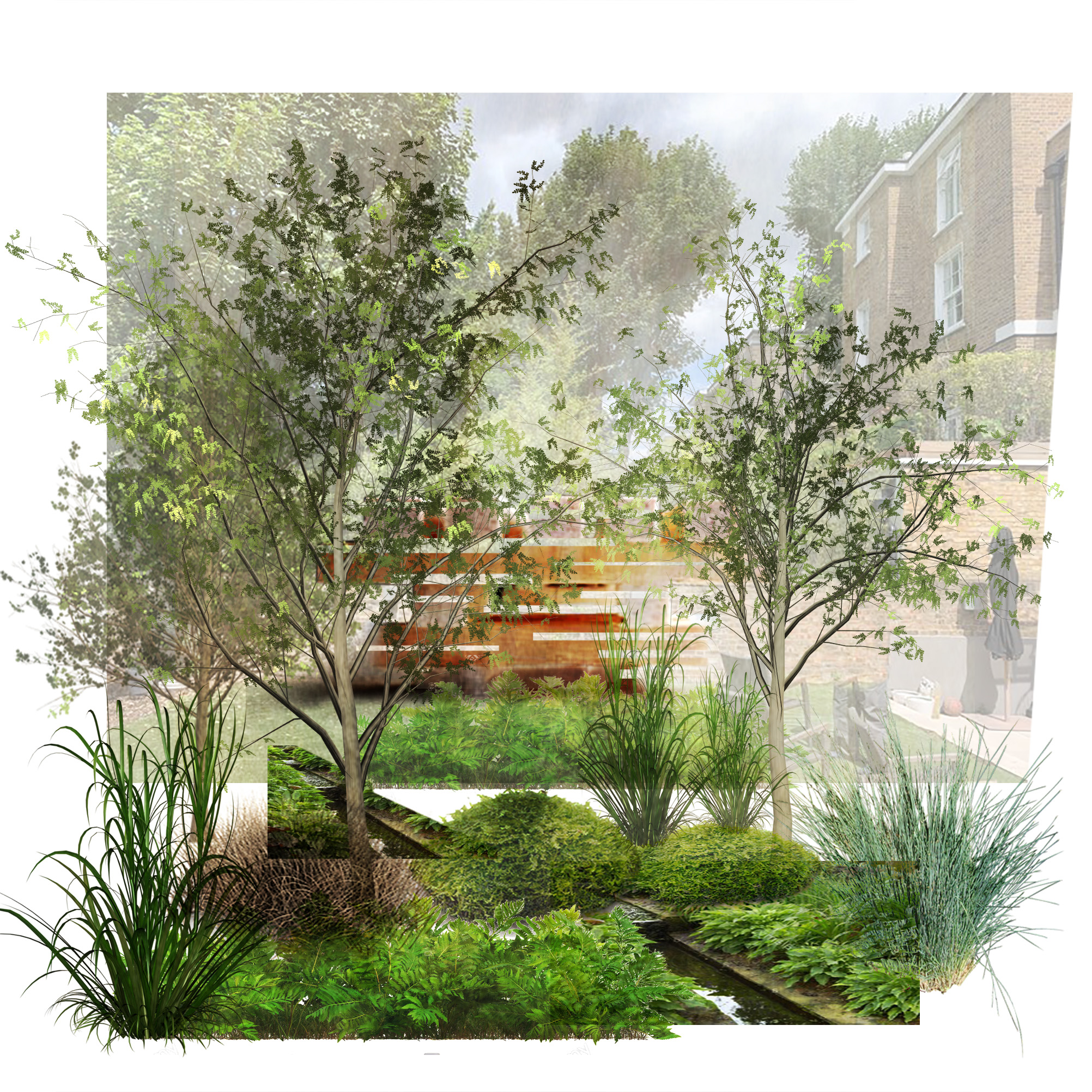Stanley Tea Cabin
London, United Kingdomin planning 2025
Due to lack of gardener space for rest and respite, a cabin will be built in Stanley Gardens at the heart of Notting Hill’s semi-private gardens. Under mature plane trees this cabin provides a place to make a cuppa and rest during rainy weather.
to be built: Summer 2025
In collaboration with Christopher Ireson Garden Design and Landscaping
Miso Fermentation Shelves
Berlin, Germany2022
This 20m long structure is to be designed to hold 150 oak barrels used to ferment by the traditional Japanese process. Made for MimiFerments in Berlin who pride themselves in the finest of Japanese fermentation processes.
design: currently
to be built: Autumn 2022
Utsuwa Project 3.0, Japanese teahouse
Berlin, Germany & Osaka, Japan2022
This project is lead by architect Rieko Uchida to showcase Japanese crafts in Germany. The forum brings together experts in the field of Japanese rooms, craftsmen and craftswomen in Osaka and Berlin, and will provide a forum for free discussion of ideas. The forum will also discuss the presentation of prototypes to coincide with the Osaka-Kansai EXPO in 2025.
EN website: http://project-utsuwa.com/
JP website: https://utsuwa-project.com/index.html
completed: November 2022
The Moraine Workshop
The Netherlandsin planning 2023
The Moraine is a 19th-century former coach house located on the Dutch-German border. Now leasing a new life as a center for Arts & Crafts. An ‘unplugged’ woodworkshop will be built replacing an existing overhang. Traditional construction methods will be used and as many natural building materials as possible.
Due to strict planning application procedures on the listed building, the proposal was not approved by the monumental commission because it was blocking the view on the brick facade. Therefore, a new separate building has been proposed.
The clients decided to take a another approach with different construction methods.
awaiting planning approval



